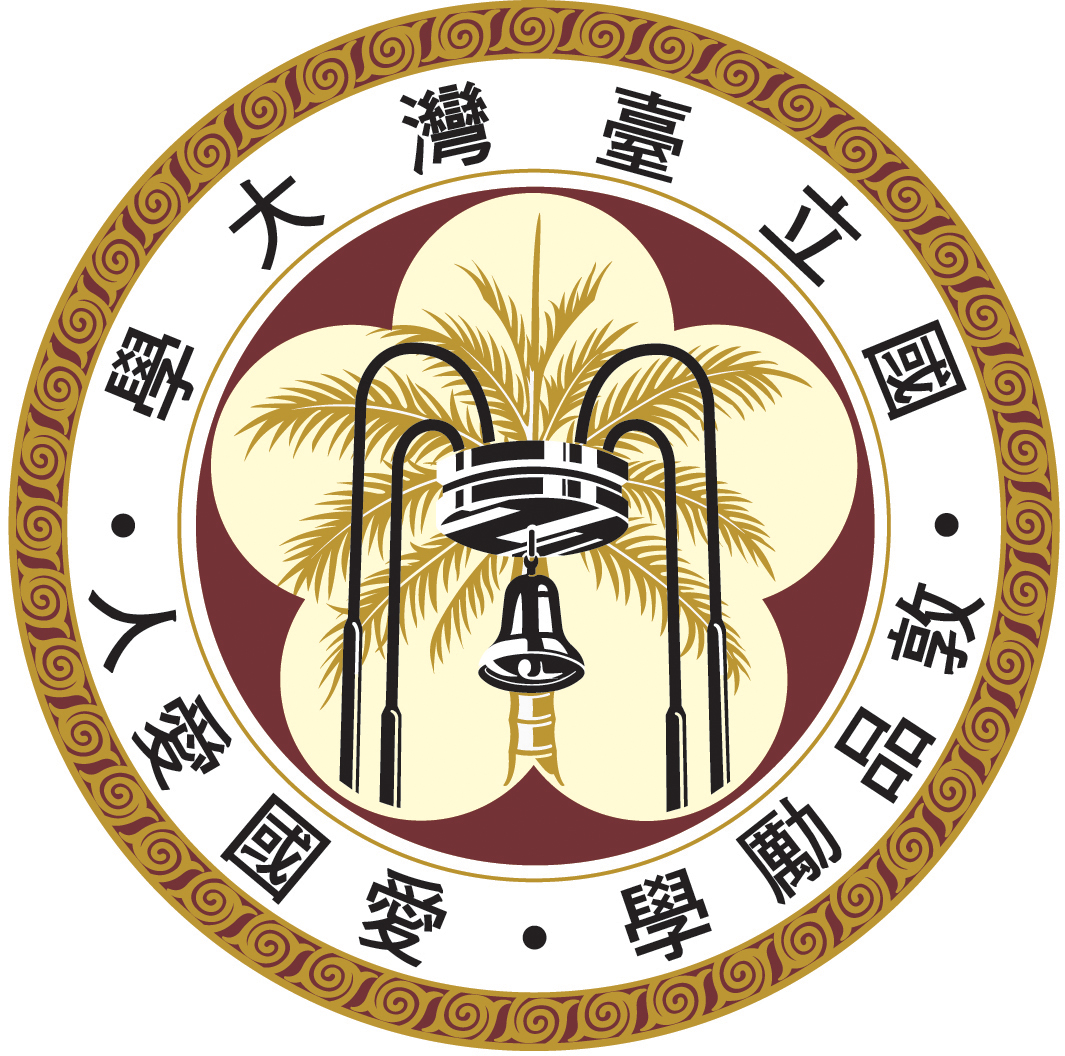Professor 2018 - now. Institute of Biotechnology, National Taiwan University, Taiwan
Adjunct Research Fellow 2020 - now. Agricultural Biotechnology Research Center, Academia Sinica, Taiwan
Adjunct Research Fellow 2018 - now. Center of Biotechnology, National Taiwan University, Taiwan
Adjunct Associate Research Fellow 2015 - 2019. Agricultural Biotechnology Research Center, Academia Sinica, Taiwan
Associate professor 2014 - 2018. Institute of Biotechnology, National Taiwan University, Taiwan
Adjunct Associate Research Fellow 2015 - 2018. Center of Biotechnology, National Taiwan University, Taiwan
Adjunct Associate Research Fellow 2016 - 2018. National Applied Research Laboratories, Taiwan
Adjunct Assistant Research Fellow 2009 - 2015. Agricultural Biotechnology Research Center, Academia Sinica, Taiwan
Adjunct Associate professor 2014 - 2015. Genome Biology and Systems Biology Degree Program, National Taiwan University, Taiwan
Assistant professor 2008 - 2014. Institute of Biotechnology, National Taiwan University, Taiwan
Adjunct Assistant professor 2009 - 2014. Genome Biology and Systems Biology Degree Program, National Taiwan University, Taiwan
Postdoctoral Fellow 2003 - 2008. The Rockefeller University, New York, USA
Postdoctoral Fellow 2003. National Chung-Hsing University, Taiwan
There are many different interactions existing between microorganisms and plants. Microorganisms are distinguished into pathogen and probiotics based on their behaviors with the host plant. The plant diseases are caused by pathogens, whereas probiotics trigger the plant defense and help the plant growth. One of the research interests in our lab is to study and reveal the mechanisms of interaction between pathogen/probiotics and plants. To address this research interest, the various approaches, such as big-data of bioinformatics, microbiology, biotechnology, and molecular biology, are being used. These findings provide novel information and knowledge for our lab as well as to the world, helping us to create innovative ideas like designing a new drug for plant diseases or novel biologics for promoting plant growth and defense responses.
Big Data mining
In our lab, we developed a ContigViews system that can help researchers to analyze next-generation sequencing (NGS) data and understand the mechanism of plant’s disease or defense through data mining. For example, bolting at high temperature in Lettuce (Lactuca sativa) is a big problem in the market. To understand the mechanism of heat-induced bolting in Lettuce, we performed transcriptomic analysis in ContigViews system (Fig.1). Through data mining, we found that Cyclic nucleotide-gated ion channels 4 (CNGC4) might play an important role in the heat-induced bolting.
We also investigate the regulatory role of small RNAs (sRNAs) in Arabidopsis thaliana, Solanum lycopersicum. Micro RNA (miRNA) and short interfering RNA (siRNA), which are 18 to 25 nucleotides (nt) non-coding RNAs, play important roles in controlling the gene expression of target mRNA in plants. In order to understand the overall regulatory networks of miRNA and siRNA, NGS is used. First, small RNA sequencing was performed to identify new microRNA (miRNA) and short interfering RNA (siRNA). Second, complementory base-pairing of small RNAs was performed by computer programming to predict potential target genes. Third, the predicted results were confirmed by degradome sequencing. These analyzed results will help scientists understand more about the regulatory networks of small RNAs in plants.
miRNA regulation
To understand the function of P1 and HC-Pro of potyvirus in PTGS suppression. We generated many plasmids containing P1, HC-Pro and P1/HC genes of TuMV, ZYMV and TEV (Fig. A) and transgenic plants (Fig. B). The HC-Pro and P1/HC-Pro expression in plants induce serrated leaf phenotypes, but the P1/HCTu plant phenotype were stronger than HCTu plant, indicating HC-Pro alone have the ability to suppress plant PTGS and when P1 together with HC-Pro expresses in a plants can show enhanced HC-Pro-mediated PTGS suppression ability. In addition, we also found TuMV P1/HC-Pro specifically triggered AGO1 posttranslational degradation (Fig. C), but not in AGO2 (Fig. D). In the IP profiles, showed P1 proteins from TuMV, ZYMV and TEV viruses all can interact with VERNALIZATION INDEPENDENCE 3/ SUPERKILLER8 (VIP3/SKI8) protein. These findings can further understand how viral suppressor interfere plant gene silencing mechanism.
Marchantia polymorpha, also known as common liverwort, is the basal land plant lineage in a grade of bryophytes. This plant has been studied for more than 200 years to investigate plant evolution, life cycle, morphology and physiological responses. Now, it is considered as an excellent model plant because of the development of easy-to-use technical tools and with the establishment and release of genome sequences. To understand small RNA evolution in basal land plants, we identified MpMIR genes by comprehensive sequencing approaches and all of the information has been annotated in the genome database. In M. polymorpha, it is thought most of the miRNA species were novel and showed unique regulation, and only seven miRNA families have conserved targets in plants. We have cooperated with Laboratory of Plant Molecular Biology in Kyoto University for many years to perform CRISPR/Cas9 gene editing for genetic research (Fig. 5). We produced precise mutagenesis on MIRs and those core genes mediating RNA silencing pathway. Besides, we survey the MpAGO1-associated small RNA and try to figure out the characteristics of small RNA in M. polymorpha RISC complex. To better understand the roles of MpAGOs and two MpPIWI proteins on epigenetic regulation and phase transition, we also collected Mpago4, Mpago9, Mppiwia and Mppiwib mutants for further assay. We are happy to be in M. polymorpha research community and to share our findings to the worldwide.
2018. Outstanding Young Scientist Award of Plant Pathology
2015. 2015 Professor CY Lin Memorial Award for Innovative Research Program
2004-2006. The Ministry of Education (MOE) of Republic of China (Taiwan) full scholarship of Postdoctoral fellow
Ph.D. 2001. Graduate Institute of Agricultural Biotechnology, National Chung-Hsing University, Taiwan
B.S. 1996. Department of Horticulture, National Chung-Hsing University, Taiwan
